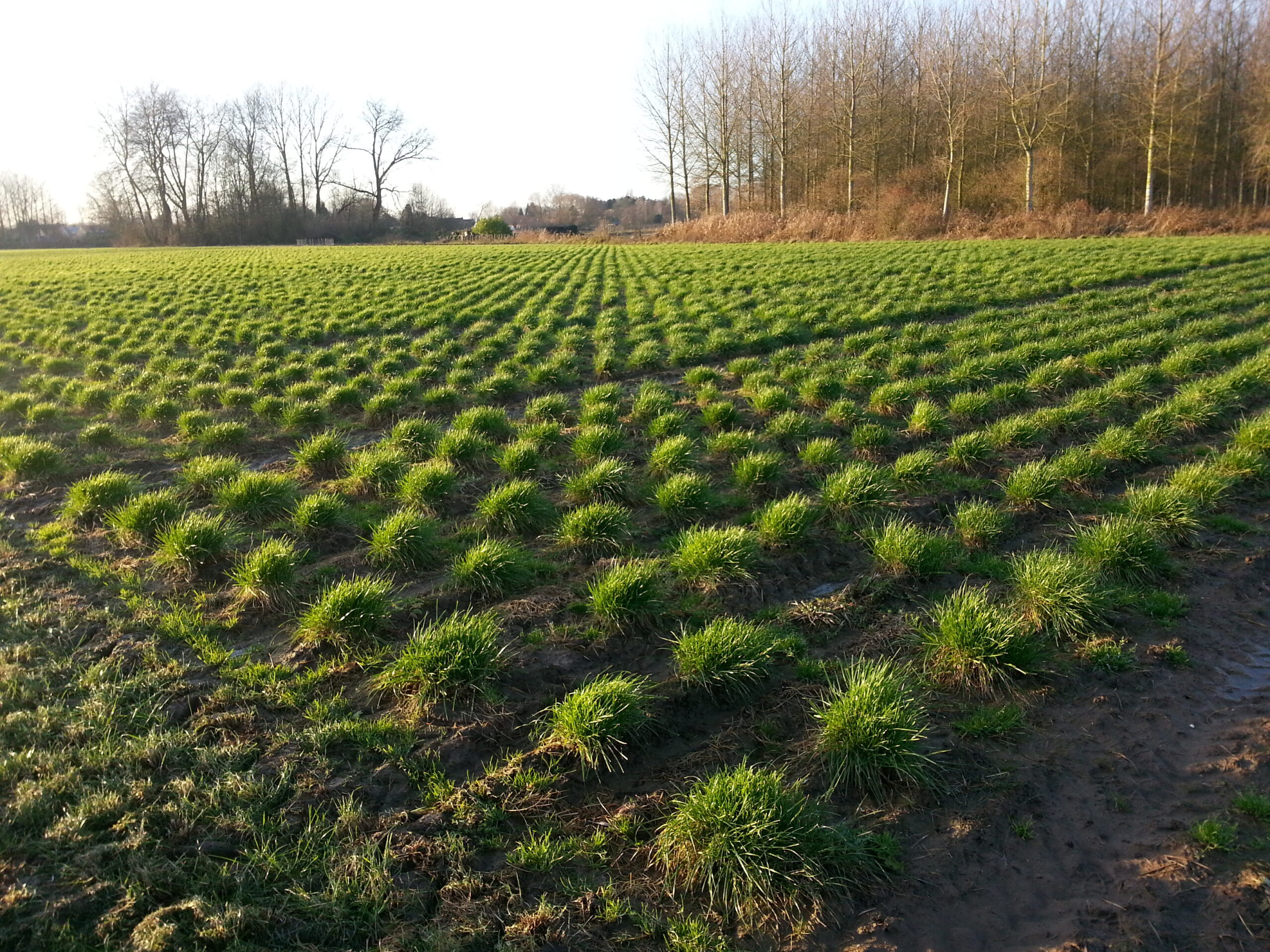Back to mapClose
 See more
See more
Varietal selection

Principles of plant breeding
Leveraging plant diversity, resource conservation and innovation, the aim is to select varieties which provide the genetic progress necessary and which meet the challenges of climate and the demands of society.
7 to 12
Average years to develop a variety
The principles of varietal selection
Plant breeding aims to create new varieties from existing diversity or to create this diversity using certain breeding techniques. It most often involves crossing two plants chosen for their interesting and complementary traits in order to combine them in a single plant, which is a long and painstaking process.
By choosing the best plants in the offspring, plant breeders create a new variety after a long work of successive screenings.
Plant breeders, creators of diversity
Before obtaining a variety, the plant breeder carries out numerous crosses between existing varieties: 30 to 50 crosses may be carried out to study the thousands of progeny resulting from these crosses. The aim is to find the rare pearl that stands out from the others and surpasses its parents in quality. There are therefore thousands of potential varieties that will not be exploited commercially. This selection work and the new varieties obtained each year, constantly enrich the resources available to plant breeders for other breeding programs.
The stages of variety selection
The objective of plant breeding is to obtain, after several years of research (between 7 and 12 years depending on the species), a variety which has specific characteristics sought by seed users.
Field experimentation is essential to evaluate new varieties in real growing conditions: diversity of climate and soil conditions, competition between plants, disease and pest pressure, etc. Field experimentation therefore only takes into account plants whose qualities are suited to different types of soil or cultivation practices.
A multidisciplinary activity
Selecting the most promising varieties requires a solid foundation in agronomy to identify their potential in trial fields. Many other disciplines can help accelerate breeding, including biochemistry, bioinformatics, biology, and robotics. They offer valuable complementary tools for plant breeders and allow for more efficient breeding programs.

550
New varieties included in the catalogue each year by seed companies
New genomic techniques (NGTs), a complementary tool for plant breeders
NGTs allow for the precise identification of a gene within a variety and its development. The improvement obtained could have been achieved through other breeding techniques or even spontaneously, but in the case of NGTs, the plant breeder can directly target the gene of interest without having to cross their candidate plant with another and thus save the ten years usually required to find their desired variety. Plant breeders would therefore like to be able to benefit from this technique to have an additional tool for developing new varieties. However, the current legal framework does not allow its use. Discussions are underway at the European level to enable appropriate regulations.













